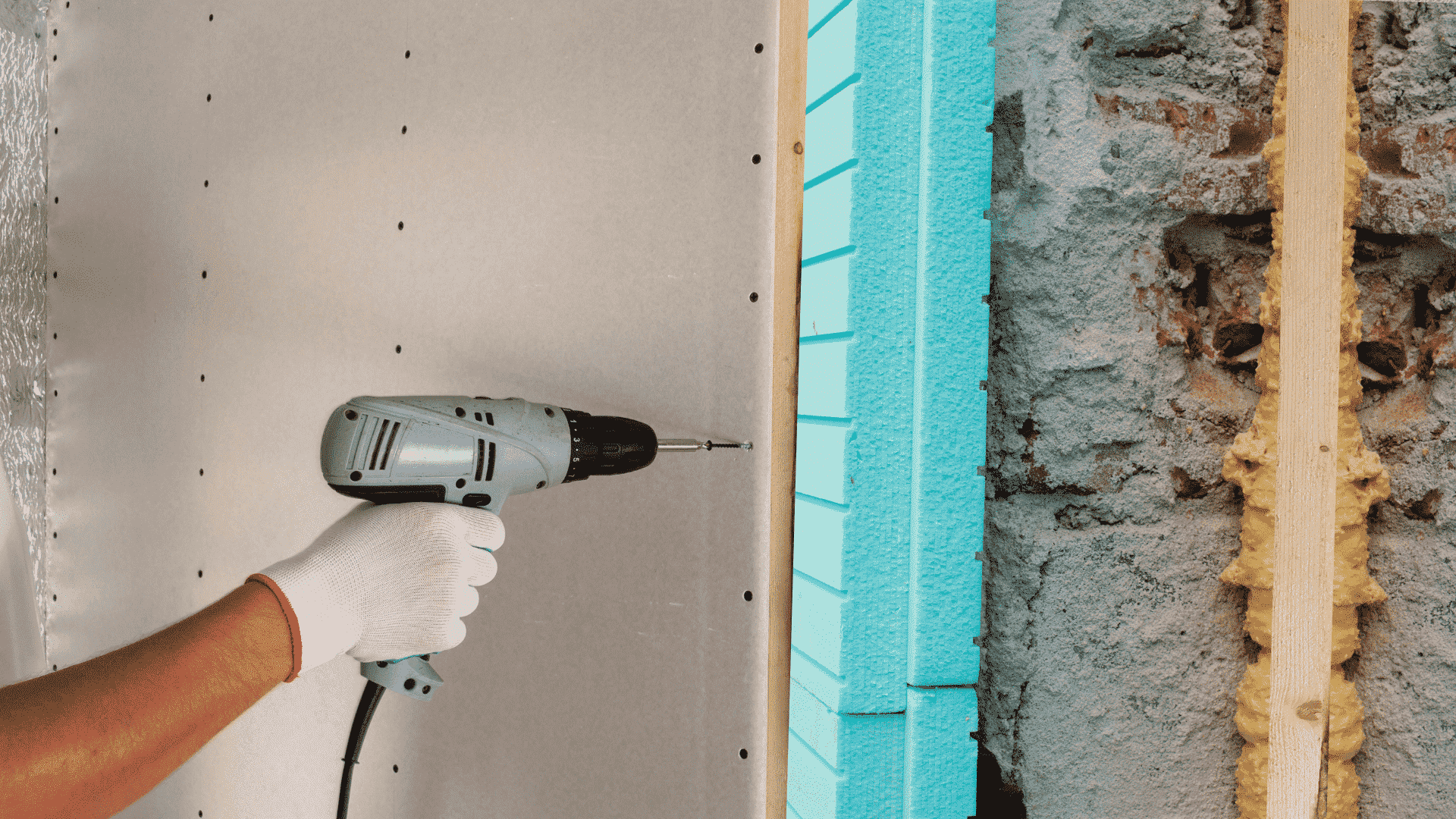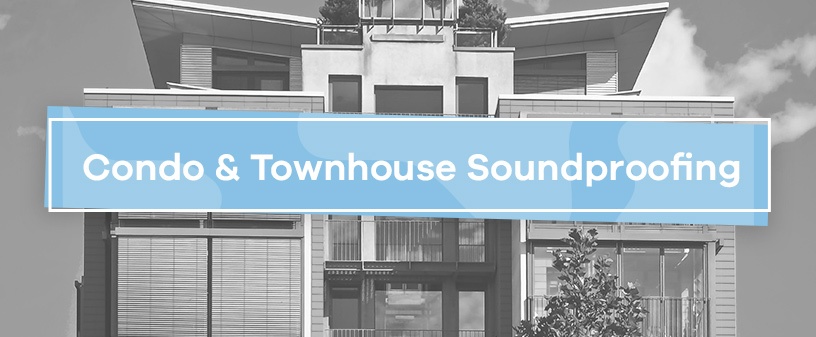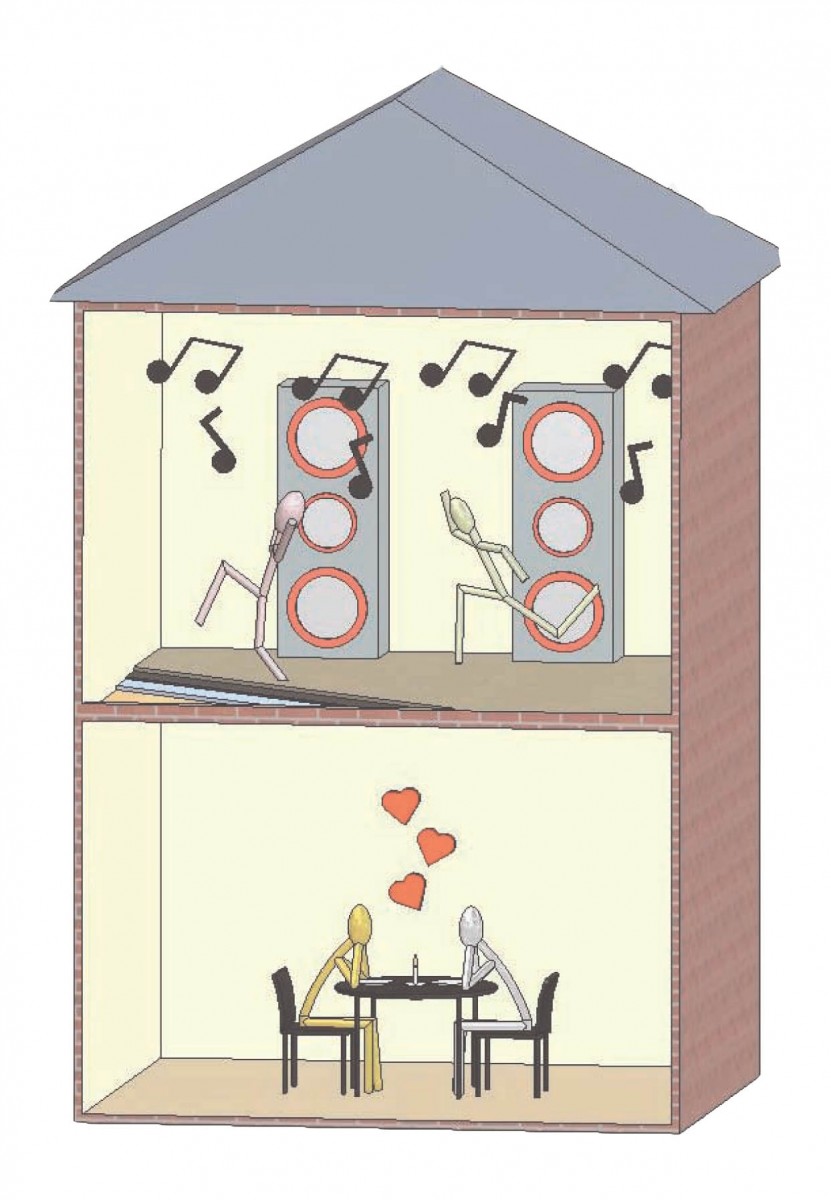Soundproofing a condo can be quite a challenge. But it’s essential for peace and quiet.
In this blog post, you’ll learn how to effectively reduce noise in your condo. Living in a condo often means dealing with unwanted noise from neighbors or the street. This can disrupt your daily life and your sleep. Soundproofing solutions can make a big difference.
Whether it’s reducing noise from above, below, or through walls, there are practical ways to create a quieter living space. From simple fixes to more complex installations, we’ll guide you through the best methods. By the end, you’ll know how to make your condo a peaceful retreat. So, let’s dive into the world of soundproofing and find the best solutions for your needs.

Credit: www.vistaresidences.com.ph
Assessing Noise Sources
Assessing noise sources in your condo is the first step to soundproofing. It’s crucial to know where the noise is coming from. This helps you decide which areas need attention. By identifying problem areas and understanding the types of noise, you can create a peaceful living space.
Identifying Problem Areas
Begin by walking through each room in your condo. Listen carefully to the sounds. Note where the noise is the loudest. Common problem areas include:
- Windows: Traffic and street noise often come through windows.
- Doors: Thin doors or gaps around the frame let noise in.
- Walls: Shared walls with neighbors can transmit sound easily.
- Floors: Footsteps and dropped items can be heard through floors.
Use a simple checklist to keep track of the noisy spots:
| Area | Noise Source |
|---|---|
| Windows | Traffic, street noise |
| Doors | Conversations, hallway sounds |
| Walls | Neighbor noise, TV sounds |
| Floors | Footsteps, dropped items |
Types Of Noise
Understanding the types of noise is key to soundproofing. There are two main types:
- Airborne Noise: This includes voices, music, and traffic sounds. Airborne noise travels through the air.
- Impact Noise: This includes footsteps, moving furniture, and banging. Impact noise travels through structures.
Each type of noise requires a different approach. For airborne noise, focus on sealing gaps and adding insulation. For impact noise, consider thick carpets or soundproofing mats.
By assessing noise sources, you can plan effective soundproofing solutions. This will make your condo a quieter and more comfortable place to live.
Soundproofing Walls
Soundproofing walls in a condo can significantly improve your living experience. It helps reduce noise from neighbors and outside traffic. Effective soundproofing methods can make your condo a peaceful retreat. Here are some practical ways to soundproof your condo walls.
Adding Mass
Adding mass to your walls can block sound. Heavy materials absorb sound waves, preventing them from traveling through walls. Drywall or soundproofing mats can add the needed mass. You can attach extra layers of drywall to your existing walls. Use green glue between layers for better soundproofing. Thick curtains or heavy furniture against the walls can also help.
Using Acoustic Panels
Acoustic panels can reduce echo and absorb sound. They come in various styles and colors. These panels are easy to install. Place them strategically on your walls to absorb sound waves. Covering at least 20% of your wall space with panels can make a big difference. Choose panels with good absorption ratings for the best results. Acoustic panels can be both functional and decorative.
Soundproofing Floors
Soundproofing floors in a condo can make a significant difference in reducing noise. Whether it’s footsteps from your neighbors or the sound of objects dropping, having soundproof floors can enhance the peace and quiet in your home. Below are some effective methods to soundproof your condo floors, focusing on carpets and rugs and underlayment solutions.
Carpets And Rugs
Using carpets and rugs is one of the easiest ways to soundproof floors. They absorb sound and reduce noise transmission. Here are some tips:
- Choose thick, dense carpets for better sound absorption.
- Layer rugs on top of carpets to add an extra sound barrier.
- Place rugs in high-traffic areas to minimize noise.
Carpets and rugs also add warmth and style to your condo. They come in various colors and designs, making it easy to match your decor. Remember, the thicker the carpet, the better the soundproofing effect.
Underlayment Solutions
Underlayment is another effective method for soundproofing floors. It is a layer of material placed between the subfloor and the floor covering. Here are some popular underlayment options:
| Material | Benefits |
|---|---|
| Cork | Highly effective in sound absorption, eco-friendly |
| Foam | Affordable, easy to install, provides cushioning |
| Rubber | Durable, excellent in reducing impact noise |
Underlayment materials like cork and rubber are excellent for soundproofing. They are durable and provide a significant reduction in noise. Foam is another good option, especially if you are on a budget.
Installing underlayment is straightforward. Simply roll it out and secure it to the subfloor before installing your flooring. This extra layer can make a big difference in noise reduction.
By combining carpets, rugs, and underlayment solutions, you can effectively soundproof your condo floors. This will create a quieter and more comfortable living space.
Soundproofing Ceilings
Soundproofing ceilings in a condo can significantly reduce noise. It creates a peaceful living space. This is especially important in multi-unit buildings. Here are some effective methods to soundproof your condo ceiling.
Acoustic Ceiling Tiles
Acoustic ceiling tiles are a simple solution. They absorb sound and reduce noise transmission. You can find these tiles at most home improvement stores. They come in various styles and colors. Choose the ones that match your condo’s decor.
Installing acoustic tiles is straightforward. Measure your ceiling first. Purchase enough tiles to cover the entire area. Use adhesive or a grid system to attach the tiles. This method works well for both DIY enthusiasts and professionals.
Installing A Drop Ceiling
A drop ceiling can also help with soundproofing. This involves suspending a secondary ceiling below the original. The space between the two ceilings acts as a sound barrier. This method is effective in reducing noise from above.
To install a drop ceiling, start by measuring your room. Purchase the necessary materials: ceiling grid, tiles, and suspension wires. Follow the manufacturer’s instructions for installation. This method can be more complex but offers excellent soundproofing benefits.
Sealing Gaps And Cracks
Sealing gaps and cracks is crucial for soundproofing a condo. Small openings can let in a lot of noise. By sealing these gaps, you can significantly reduce sound transmission. Here are some effective methods to seal gaps and cracks in your condo.
Weatherstripping Doors
Doors often have gaps that let in noise. Weatherstripping can help seal these gaps. It is a simple and cost-effective solution. You can find weatherstripping materials at most hardware stores. Choose the type that best suits your door.
First, measure the length of your door frame. Cut the weatherstripping to match this length. Peel off the adhesive backing and press it firmly onto the door frame. Ensure it creates a tight seal when the door is closed. This will block out unwanted noise.
Caulking Windows
Windows are another common source of noise. Caulking can help seal the gaps around windows. This process is easy and inexpensive. You can purchase caulk and a caulking gun from a hardware store.
First, clean the area around the window frame. Remove any old caulk or paint. Apply a new bead of caulk around the edges of the window. Smooth it out with a caulking tool or your finger. This will seal the gaps and reduce noise.
Sealing gaps and cracks is an effective way to soundproof your condo. It is easy to do and makes a big difference. Try these methods to enjoy a quieter living space.
Upgrading Windows
Upgrading windows in your condo can significantly reduce noise levels. This method targets one of the primary entry points for sound. By focusing on the windows, you tackle the problem at its source. This approach ensures that external noise stays outside.
Double Glazing
Double glazing involves using two panes of glass with a gap in between. This gap acts as a buffer and reduces sound transmission. The glass panes are sealed to create an airtight unit. This method not only blocks noise but also improves insulation.
Installing double-glazed windows can make a noticeable difference. The extra layer of glass absorbs and dampens sound vibrations. This means less noise entering your living space. You can enjoy a quieter and more peaceful environment.
Window Inserts
Window inserts are an alternative to double glazing. These are clear glass or acrylic panels placed over existing windows. They create an additional barrier to sound. Window inserts are easy to install and remove.
These inserts fit snugly into the window frame. This tight fit blocks sound from seeping through gaps. They are also an affordable option compared to full window replacements. Window inserts can significantly reduce noise without major renovations.
Both double glazing and window inserts offer effective solutions. Choose the option that best fits your needs and budget. Upgrading your windows will bring you one step closer to a quieter condo.
Soundproofing Doors
Soundproofing doors is a crucial step in reducing noise in your condo. Doors are often a weak point for sound to pass through. By enhancing their soundproofing, you can significantly improve the peace and quiet of your living space. Let’s explore two effective methods: Solid Core Doors and Door Sweeps.
Solid Core Doors
Replacing your existing doors with solid core doors can make a big difference. Solid core doors are denser and heavier. This density helps block noise more effectively than hollow-core doors.
Here is a comparison table to illustrate the difference:
| Type of Door | Noise Reduction | Cost |
|---|---|---|
| Hollow Core | Low | Low |
| Solid Core | High | Medium |
Solid core doors are a wise investment for better soundproofing. They are available at most hardware stores. Ensure you measure your door frame before purchasing.
Door Sweeps
Gaps under doors let noise in. Installing door sweeps is an easy fix. Door sweeps seal the gap between the door and the floor. This simple tool can make your condo quieter.
Here are the steps to install a door sweep:
- Measure the width of your door.
- Cut the door sweep to fit.
- Attach the sweep to the bottom of the door using screws.
- Ensure it creates a tight seal with the floor.
Door sweeps are available in various materials. Choose one that matches your door for a seamless look. They are affordable and easy to install, making them a practical solution for reducing noise.
By focusing on these two methods, you can significantly reduce the noise entering your condo. Enjoy a quieter, more peaceful living space.

Credit: www.soundproofcow.com
Diy Vs. Professional Help
Soundproofing a condo can significantly enhance your living experience by reducing noise. Deciding between DIY methods and hiring professionals can be challenging. Each option has its own set of advantages and considerations.
When To Diy
DIY soundproofing can save money. Simple tasks like sealing gaps or adding weatherstripping are easy. These methods require minimal tools and skills. You can also use rugs, curtains, and furniture to absorb sound. Installing acoustic panels is another effective DIY method. All these tasks are manageable without professional help.
DIY is ideal if you have a limited budget. It’s also suitable if you enjoy hands-on projects. Basic knowledge and a few tools can get you started. Online tutorials and guides can assist you in the process.
Hiring Professionals
Hiring professionals ensures a thorough job. They have the expertise to handle complex tasks. This includes installing soundproof windows and doors. Professionals can also add soundproof insulation in walls and ceilings. They use advanced materials and techniques for optimal results.
Professional help is best if you want a guaranteed outcome. It’s also suitable if you lack time or skills for DIY projects. Although it may cost more, the investment often pays off in the long run. Peace and quiet are worth the expense.

Credit: florida-soundproofing.com
Frequently Asked Questions
How Can I Soundproof My Condo Effectively?
To soundproof your condo, use thick carpets, heavy curtains, and acoustic panels. Seal gaps around doors and windows. Consider adding soundproofing materials to walls and ceilings.
What Materials Are Best For Soundproofing?
The best materials for soundproofing include mass loaded vinyl, acoustic panels, and dense foam. These materials absorb and block sound effectively.
Are Soundproof Curtains Effective?
Yes, soundproof curtains are effective. They are made of thick, dense materials that block and absorb sound. They can significantly reduce noise.
How Much Does It Cost To Soundproof A Condo?
The cost to soundproof a condo varies. It can range from a few hundred to several thousand dollars. It depends on the materials and methods used.
Conclusion
Soundproofing a condo enhances peace and privacy. Small changes make a big difference. Use rugs, curtains, and door sweeps. Install acoustic panels for better results. Try weatherstripping for windows and doors. Invest in quality materials for long-term benefits. Enjoy a quieter, more comfortable home.
Happy soundproofing!
